3D Animation Workshop: Lesson 38: Softimage--Closing NURBS Surfaces | 2
|
|
Lesson 38 - Softimage--Closing NURBS Surfaces - Part 3
I know what you're thinking.
By closing our u curves, we created a cylinder. So if we close both the u and the v curves, we should get a sphere, or at least some kind of completely closed object.
But our intuition is wrong, and it's very important to understand why. We'll try to attack this subtle problem in the simplest possible way.
There's another technique, besides skinning and extrusion, that we could have used to create our tube-like surfaces. Let's draw a simple NURBS curve.
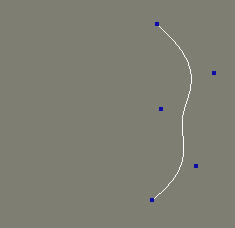
We can revolve the curve around an axis (a method also called "lathing") to create the same type of tubular surface.
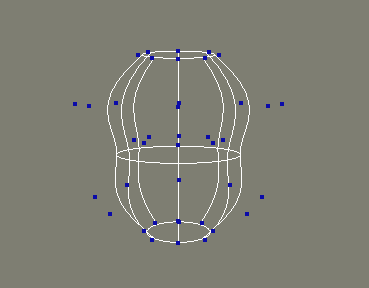
Softimage allows us to preserve a "modeling relation" between the original curve and the resulting revolved surface. If we edit the curve, the surface is edited just as if a new revolution were made from the modified curve. Like so.
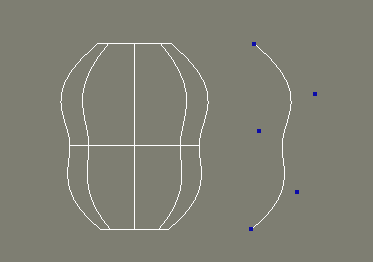
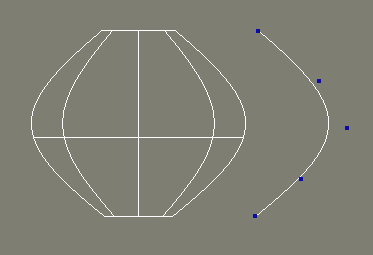
The original NURBS therefore controls all the v curves in the surface, and allows us to test the results of closing those curves. First we reshape the NURBS into something closer to a circle. Notice what happens to the revolved surface in a front orthogonal view.
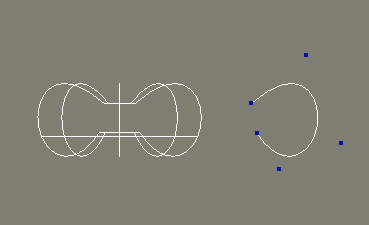
Then we actually close the curve.
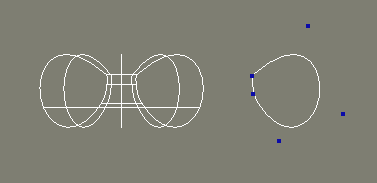
The result of closing the surface in both u and v is not a sphere, but a donut, more properly called a torus. It takes a little pondering, but it makes perfect sense. Here's a render of the object. I've kept the segmentation down so that we're reminded that, despite the NURBS, the object ultimately renders as polygons. We'd need to kick the segmentation up to get rid of the visible edges.
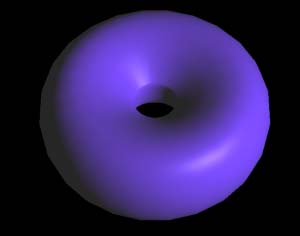
So how are fully closed objects made? Let's take a primitive NURBS sphere created by Softimage. If we highlight a single u curve, we can see that it's closed, like a circle of latitude on the globe.
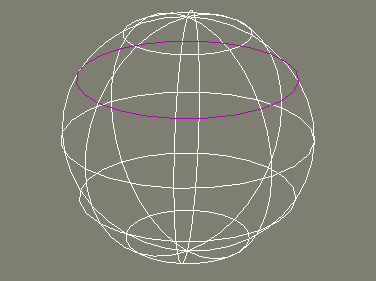
But if we select a v curve, it's not closed. It's only half of a circle, exactly like an arc of longitude.
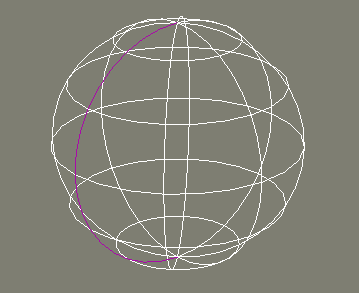
Thus we can see that fully closed objects, like spheres, are made by "capping" together the end points of open v curves, rather than closing those curves.
| To Return to Parts 1 and 2, Use Arrow Buttons |
|
Created: April 14, 1998
Revised: April 14, 1998
URL: https://webreference.com/3d/lesson38/part3.html


 Find a programming school near you
Find a programming school near you